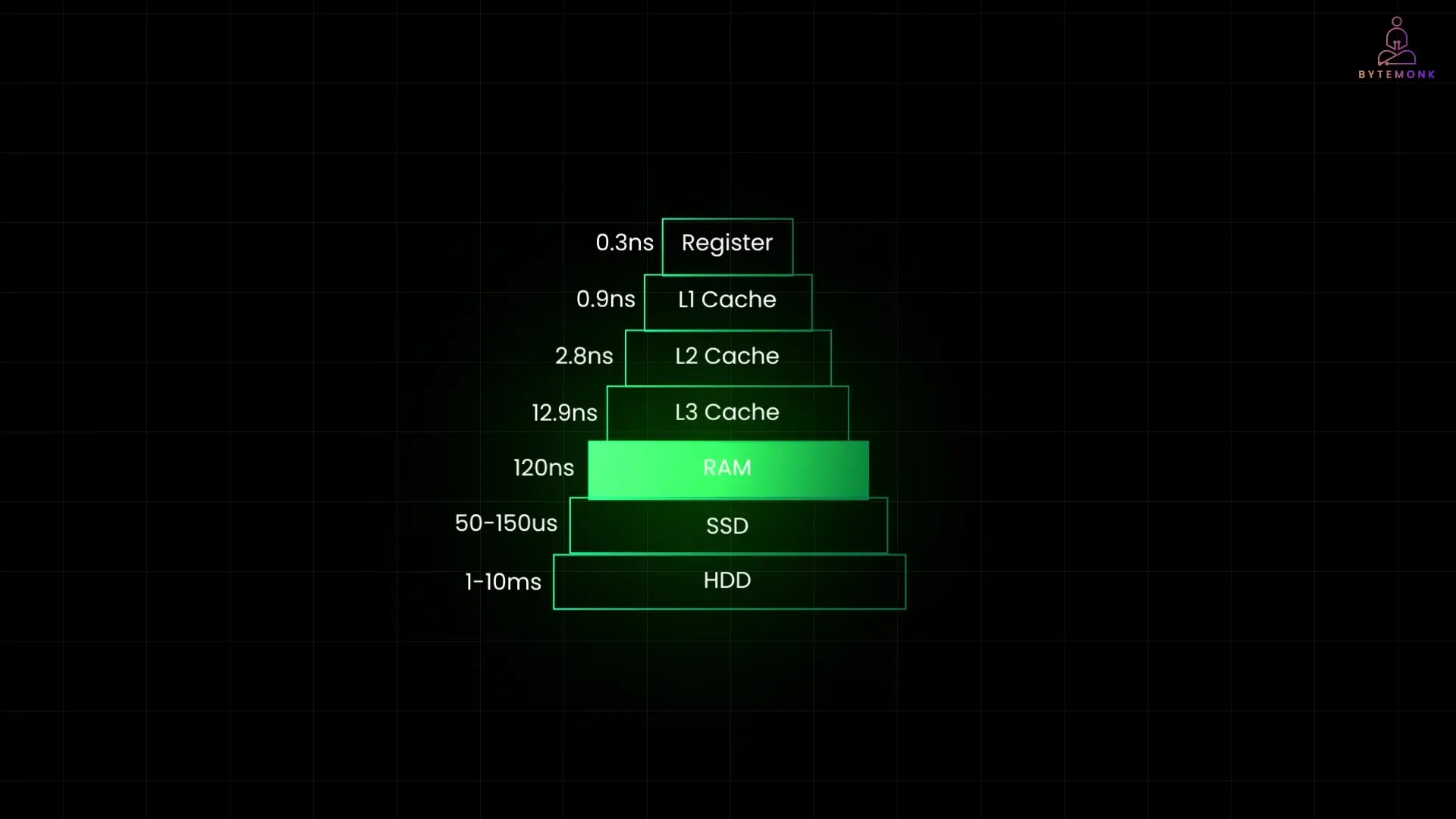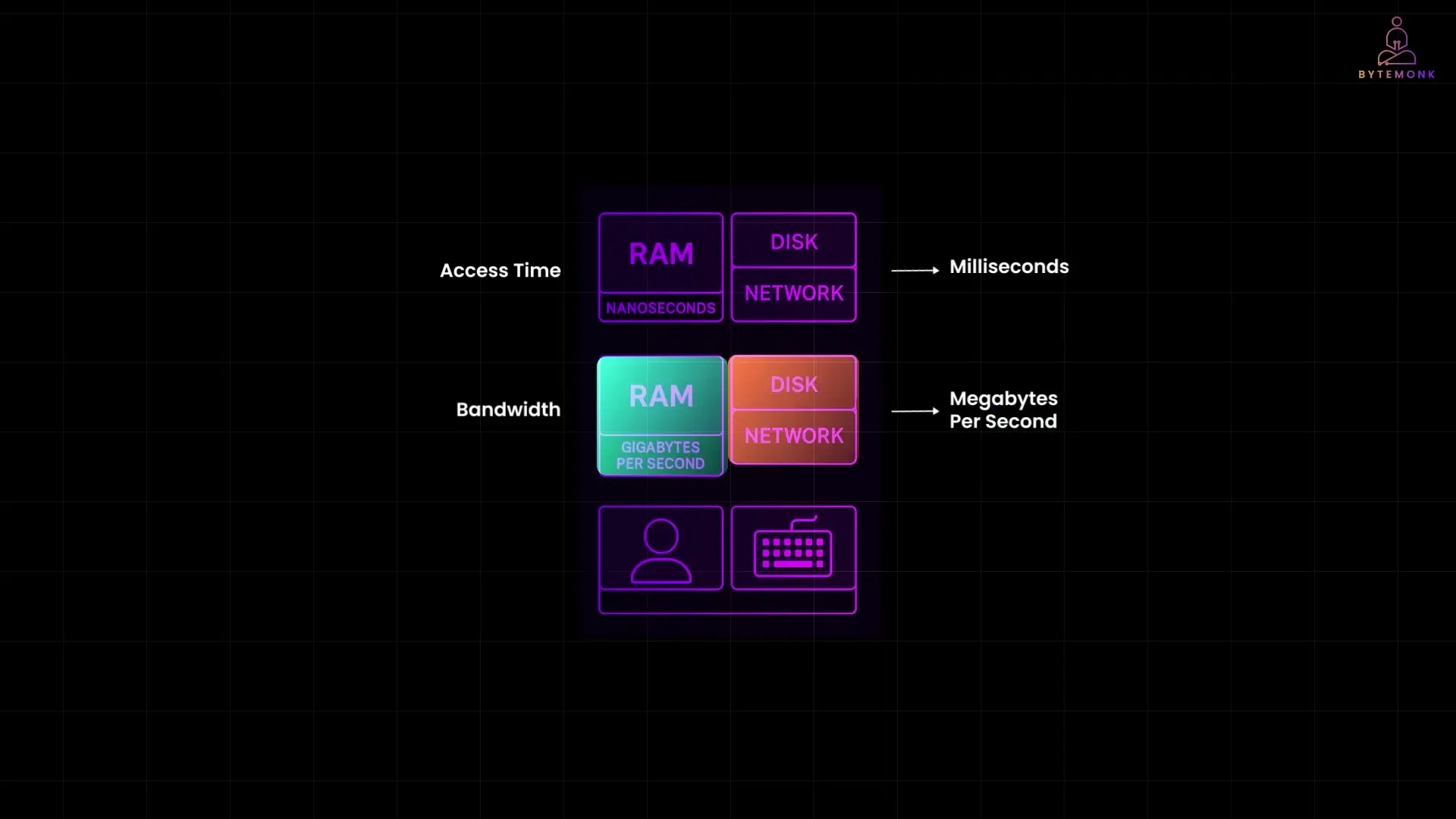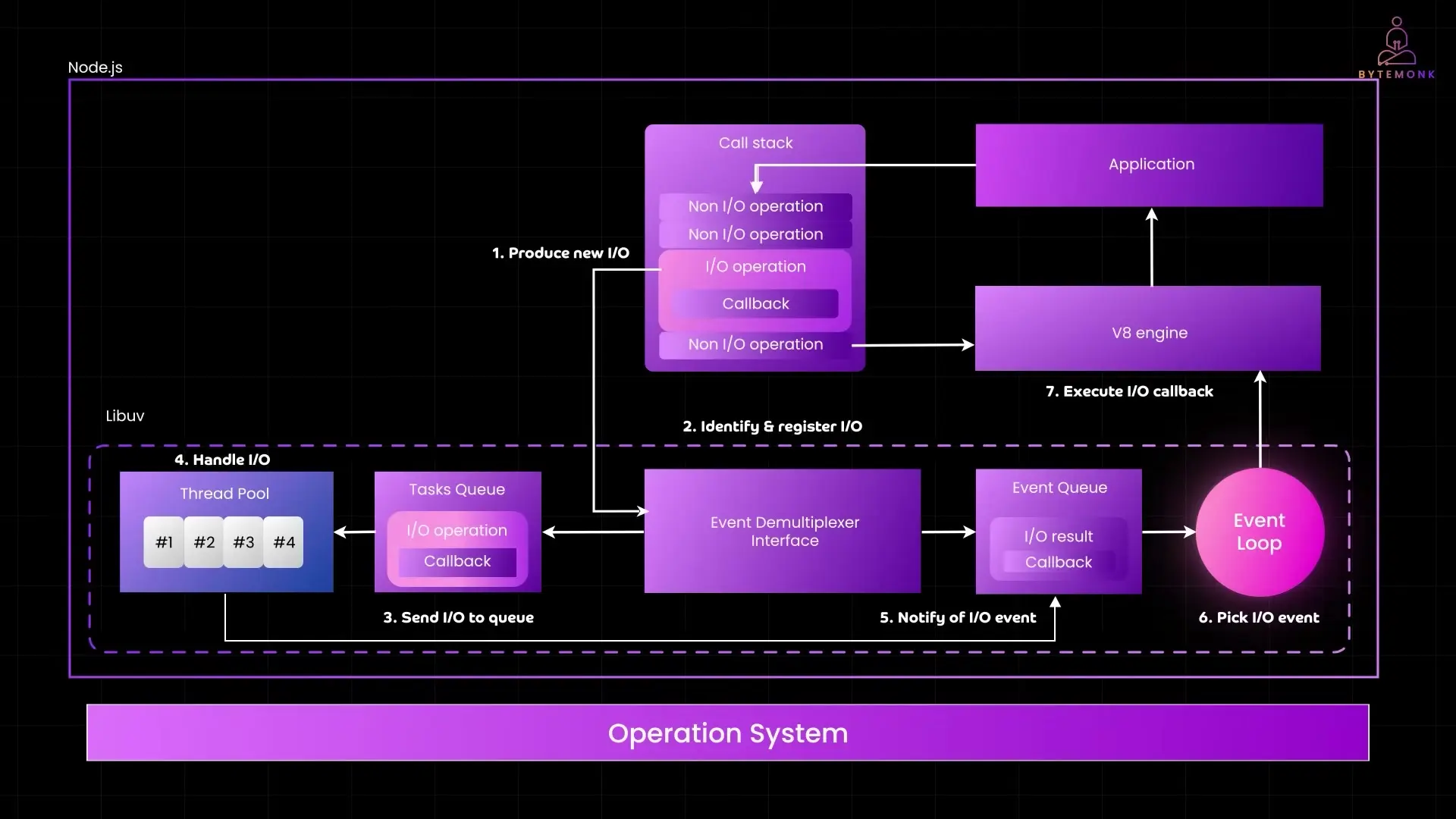
Input/output operations are typically the slowest components of any program, creating significant bottlenecks that can dramatically impact performance. Understanding why these operations slow down your code and implementing proper optimization techniques is essential for developing efficient applications. This article explores the causes of IO-related slowdowns and provides practical solutions for optimizing your code.
Why IO Operations Create Performance Bottlenecks
IO operations introduce delays because they require the CPU to wait for external processes to complete. These external dependencies include disk operations, network requests, database queries, and even user interactions. Unlike CPU-bound tasks that can execute quickly, IO-bound operations force your program to wait, often wasting valuable processing time.
The fundamental issue lies in the significant speed differences between various system components. When optimizing code, understanding these hardware limitations is crucial:
- RAM access occurs in nanoseconds (10^-9 seconds)
- Disk and network operations take milliseconds (10^-3 seconds) – roughly a million times slower
- Human interactions (clicks, keystrokes) are unpredictable and can take seconds

Bandwidth Limitations Further Impact Performance
Beyond latency issues, bandwidth constraints also contribute to IO bottlenecks when optimizing code. The data transfer capabilities vary dramatically between different system components:
- RAM can transfer data at gigabytes per second
- Disk and network operations typically max out at megabytes per second
- Only in optimal scenarios do disk or network operations approach gigabyte-per-second speeds

The Thread Blocking Problem
When implementing code optimization, it's essential to understand how IO operations affect thread execution. When a thread encounters an IO operation (like an API call, database query, or disk write), it gets blocked – meaning the CPU sits idle while waiting for the operation to complete.
Consider this execution flow pattern in a typical application:
- CPU-intensive operations (like parsing JSON or XML) keep the processor busy
- IO operations (API requests, database queries, disk writes) block the thread
- While a thread is blocked, it cannot process other requests, creating a queue
Why Adding More Threads Isn't Always the Solution
A common approach to dealing with blocked threads is creating more of them – assigning each request its own thread to handle concurrent operations. While this seems logical for optimizing code performance, it introduces several problems:
- Resource consumption: Each thread requires memory and CPU resources
- Idle resource waste: Blocked threads still consume memory while waiting
- Thread management overhead: The operating system must continuously switch between threads
- Concurrency issues: Multiple threads introduce race conditions, deadlocks, and livelocks
- Diminishing returns: Beyond a certain point, adding more threads actually decreases performance
These limitations highlight why simply adding threads isn't an optimal solution for code optimization when dealing with IO-heavy applications.
Event Demultiplexing: A Smarter Approach to IO Operations
Modern systems overcome IO bottlenecks through a technique called event demultiplexing. This approach is fundamental to optimizing code in IO-heavy applications. At its core is the concept of multiplexing – combining multiple signals to share limited resources like CPU or RAM efficiently.
Think of an old-fashioned telephone switchboard as an analogy: The board monitors incoming calls, each call lights up a bulb, and the operator responds only when needed. Similarly, an event demultiplexer waits for signals, notifies the system when they occur, and allows work to happen only when necessary.
In computing, event sources include:
- File descriptors
- Network sockets
- Timers
- Input devices
These sources trigger events like "data ready to read," "ready to write," or "new connection request." Modern operating systems provide built-in support for event demultiplexing through various implementations:
- Linux: epoll
- macOS: kqueue
- Windows: IOCP (IO Completion Ports)
All these implementations follow the event demultiplexer model to efficiently handle numerous events without wasting CPU cycles, making them essential for code optimization.
How Node.js Leverages Event Demultiplexing for Optimized Performance
Node.js is a prime example of a runtime that effectively implements event demultiplexing for optimizing code performance. It uses the libuv library to manage IO operations, timers, and background tasks efficiently.

The key advantages of Node.js's approach include:
- Non-blocking IO: Operations don't halt the entire application
- Event-driven architecture: Code executes in response to events rather than waiting
- Single-threaded event loop: Eliminates complex thread management
- Worker threads: Handle CPU-intensive tasks without blocking the main thread
Practical Code Optimization Techniques for IO-Heavy Applications
Based on the principles discussed, here are practical strategies for optimizing code in applications with significant IO operations:
- Use asynchronous programming patterns to prevent blocking
- Implement caching strategies to reduce repetitive IO operations
- Batch related IO operations when possible to reduce overhead
- Consider using streams for processing large data sets
- Leverage connection pooling for database and network operations
- Monitor and profile IO performance to identify specific bottlenecks
- Use appropriate data structures and algorithms that minimize IO requirements
// Example of non-optimized code (blocking)
function getDataBlocking() {
const result = fs.readFileSync('/path/to/file.json');
return JSON.parse(result);
}
// Optimized code using async patterns
async function getDataOptimized() {
try {
const result = await fs.promises.readFile('/path/to/file.json');
return JSON.parse(result);
} catch (error) {
console.error('Error reading file:', error);
return null;
}
}Conclusion: Balancing IO Operations for Maximum Performance
IO operations will always be slower than in-memory processing, but understanding their impact and implementing appropriate optimization techniques can significantly improve your application's performance. By leveraging event demultiplexing, asynchronous programming patterns, and efficient resource management, you can minimize the bottlenecks caused by IO operations.
Remember that code optimization is a continuous process. Regularly profiling your application's performance and identifying IO bottlenecks will help you maintain optimal efficiency as your system evolves and grows.
Let's Watch!
7 Ways IO Operations Are Slowing Your Code: Performance Optimization Techniques
Ready to enhance your neural network?
Access our quantum knowledge cores and upgrade your programming abilities.
Initialize Training Sequence